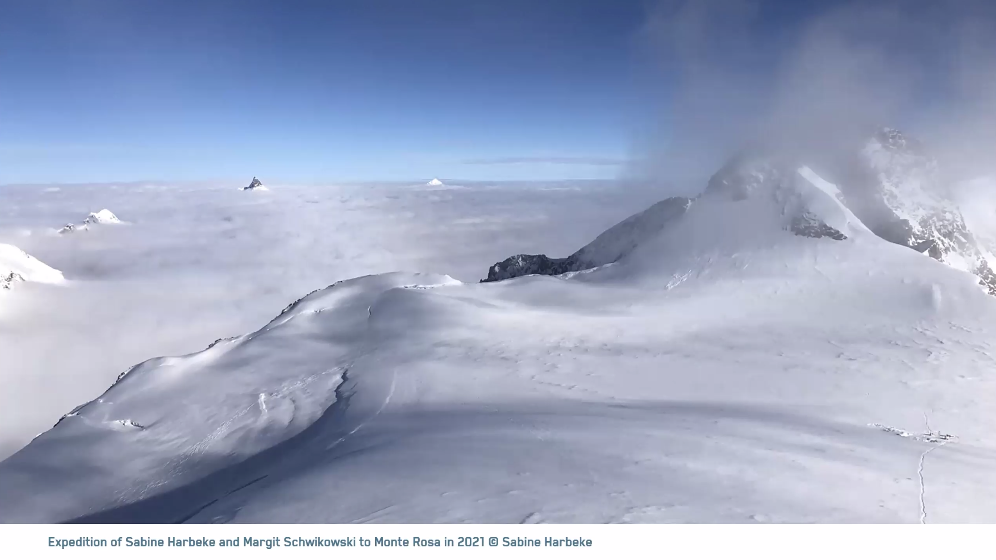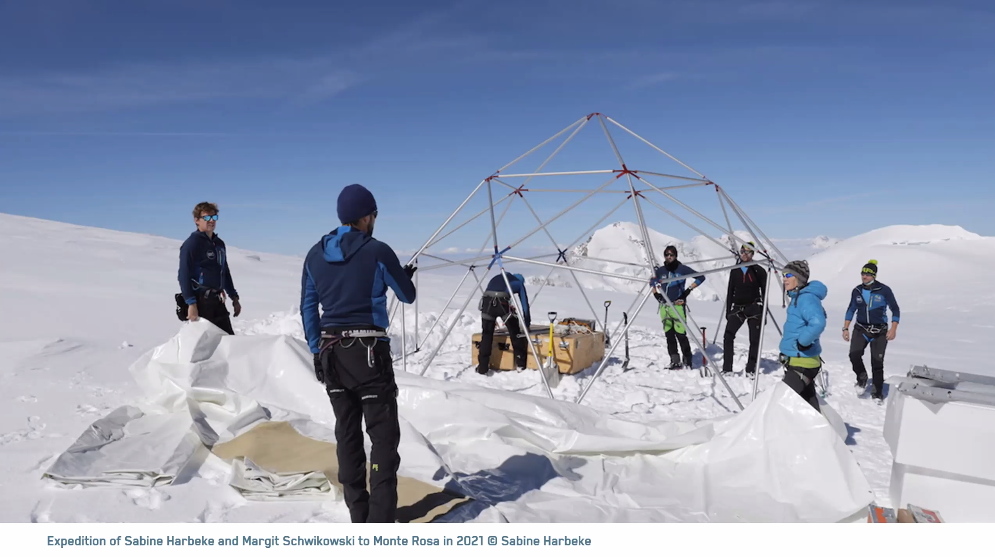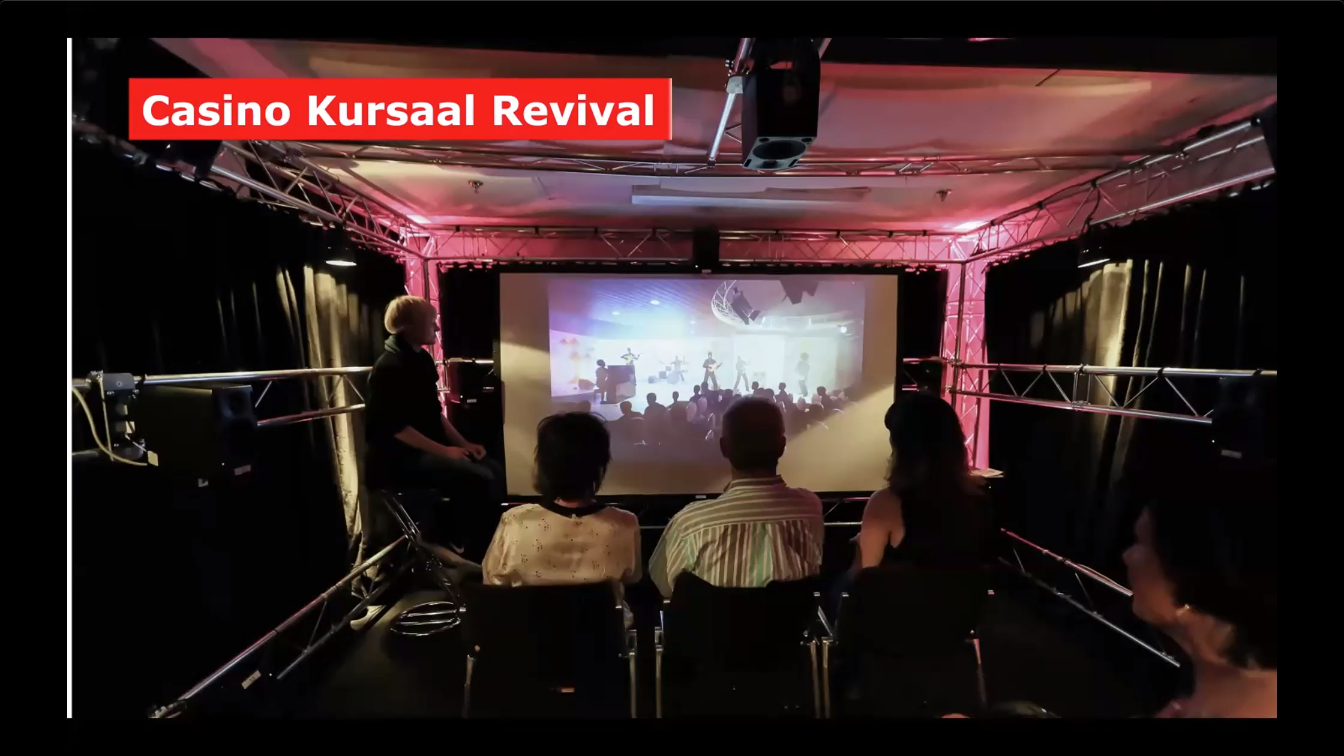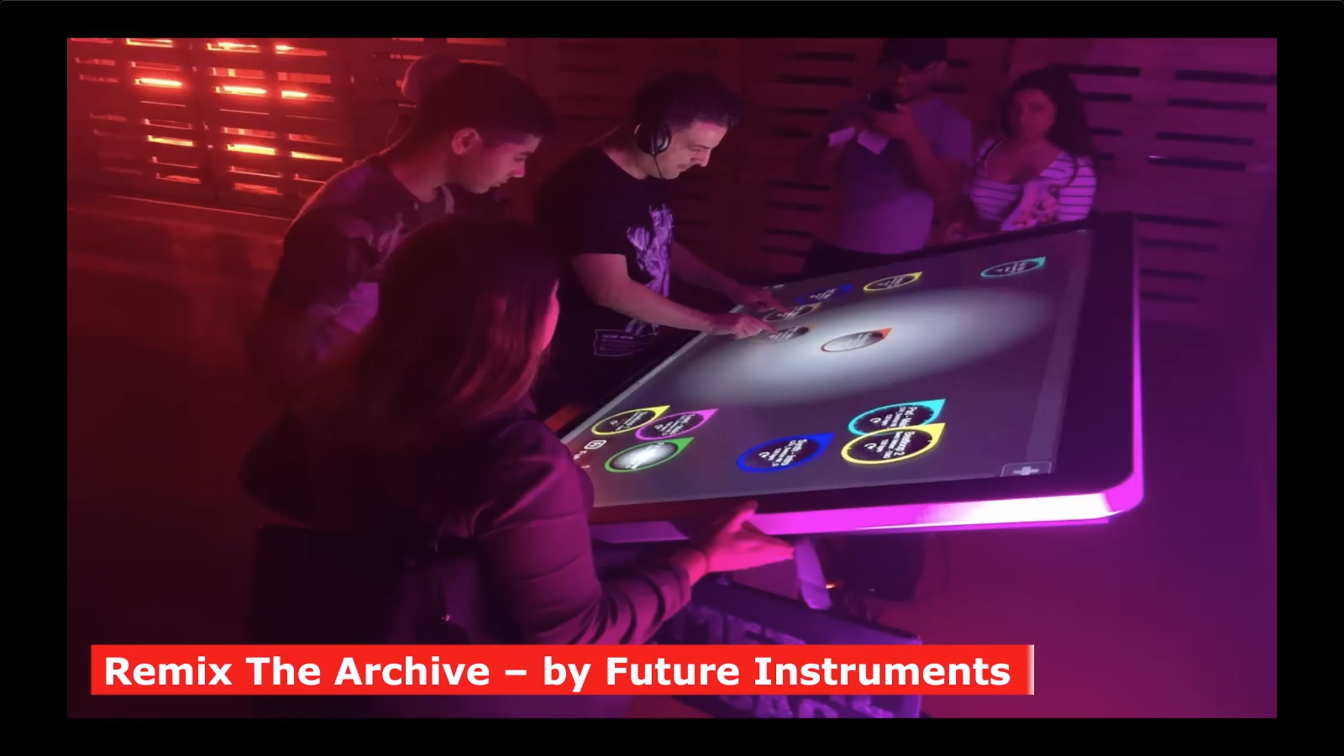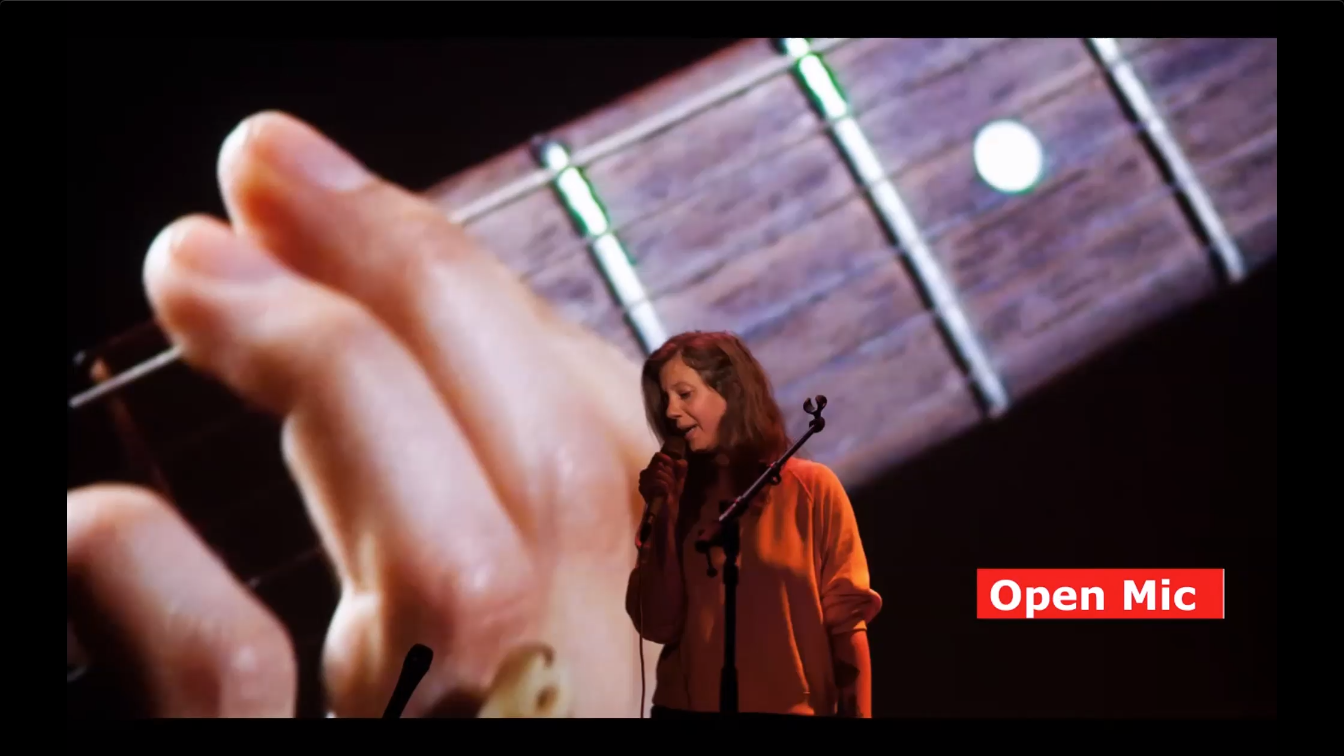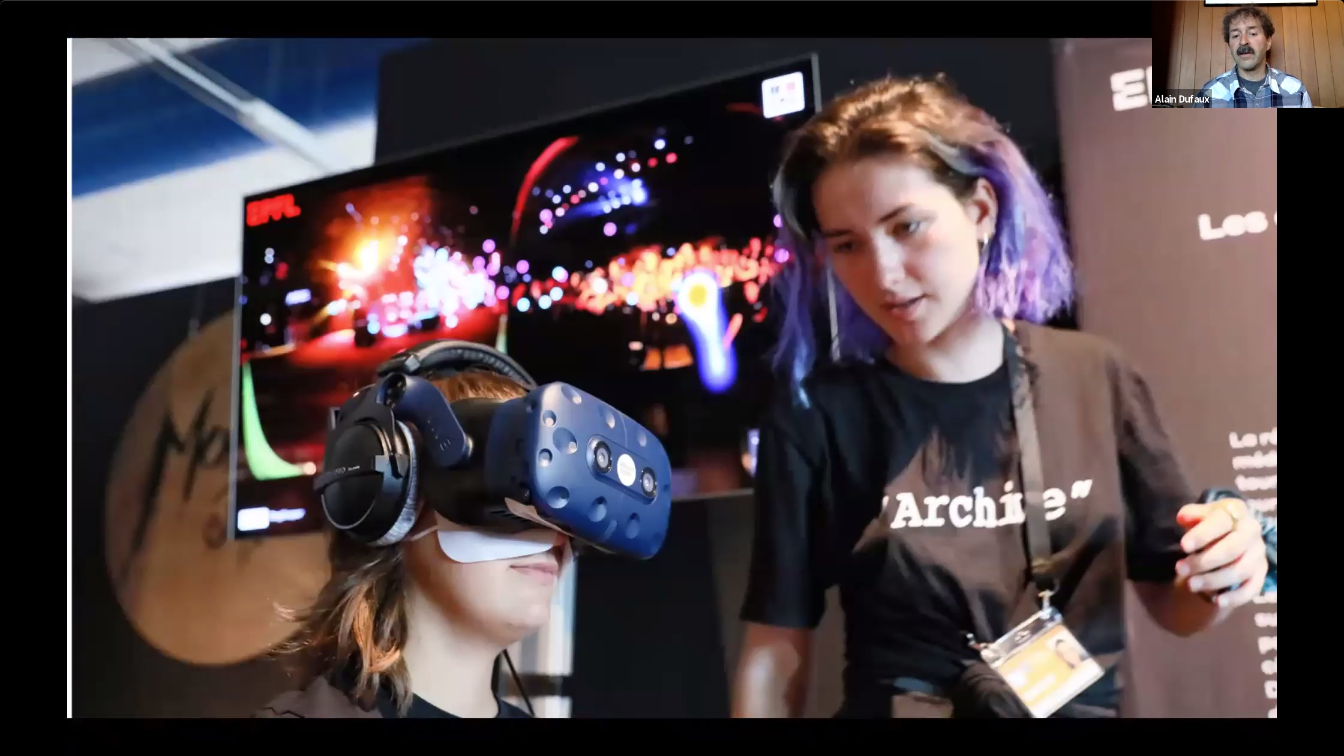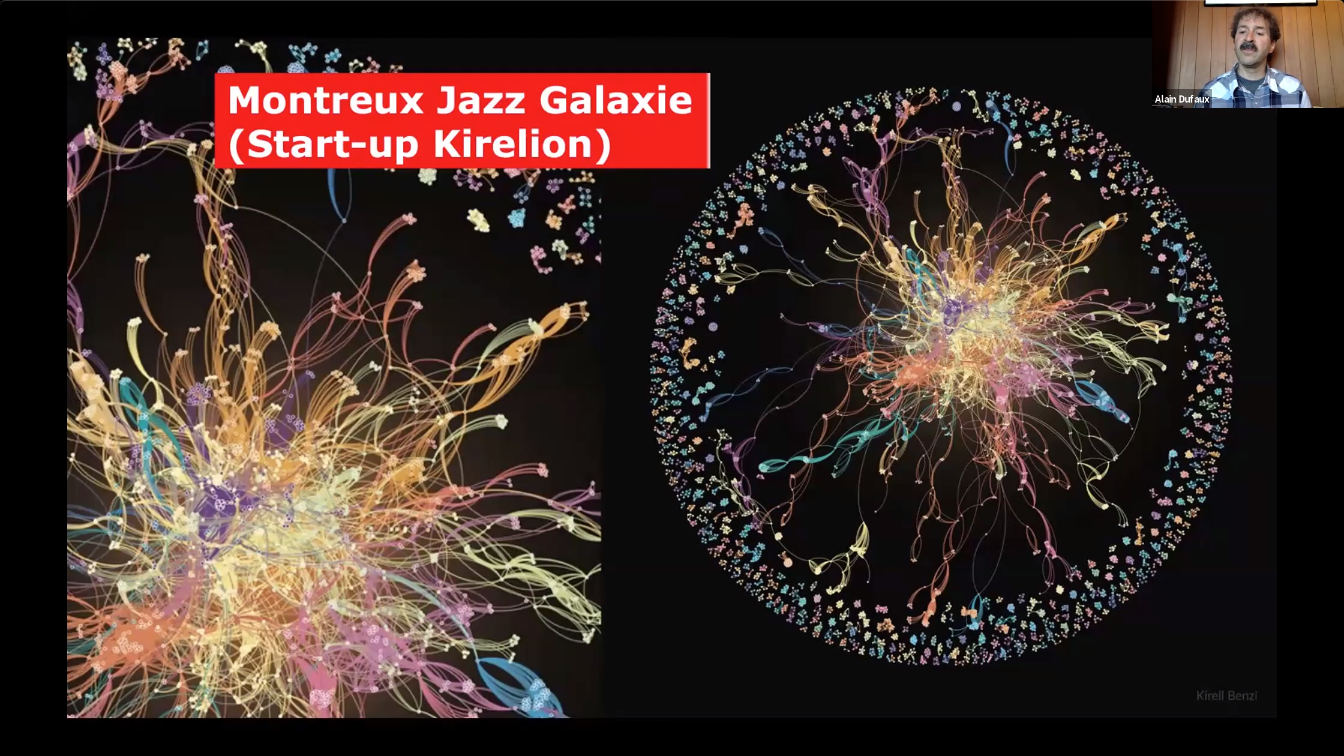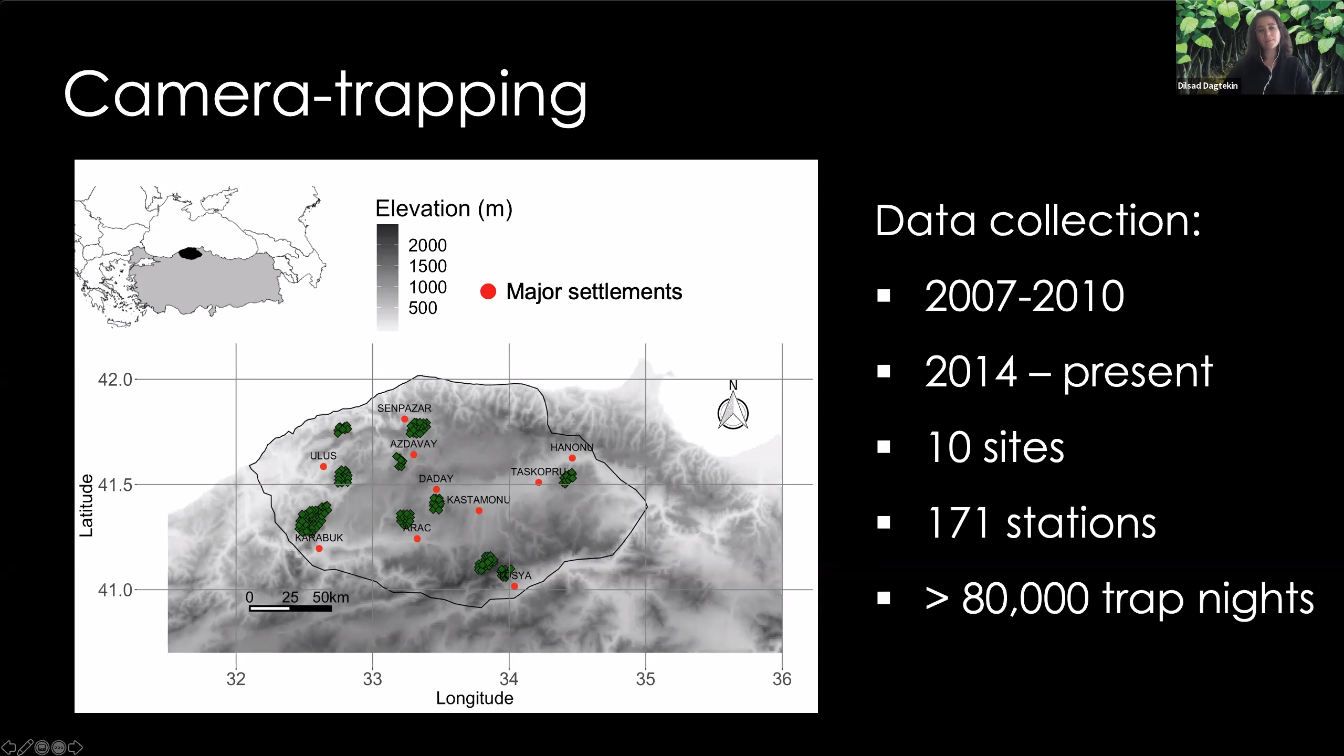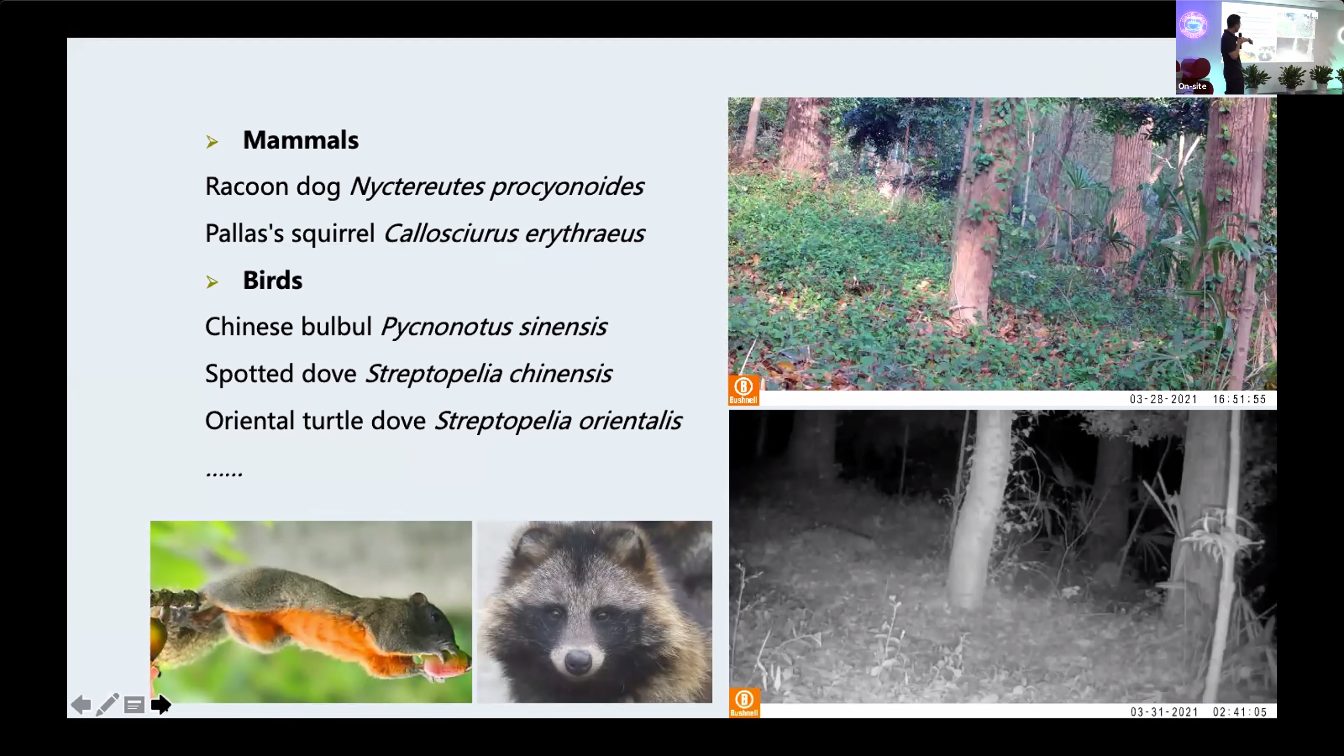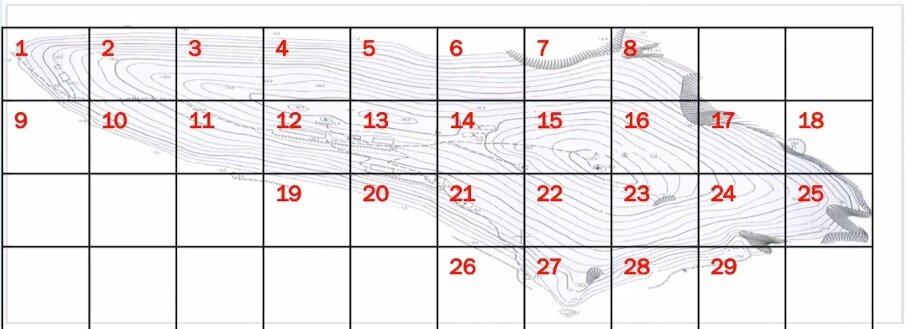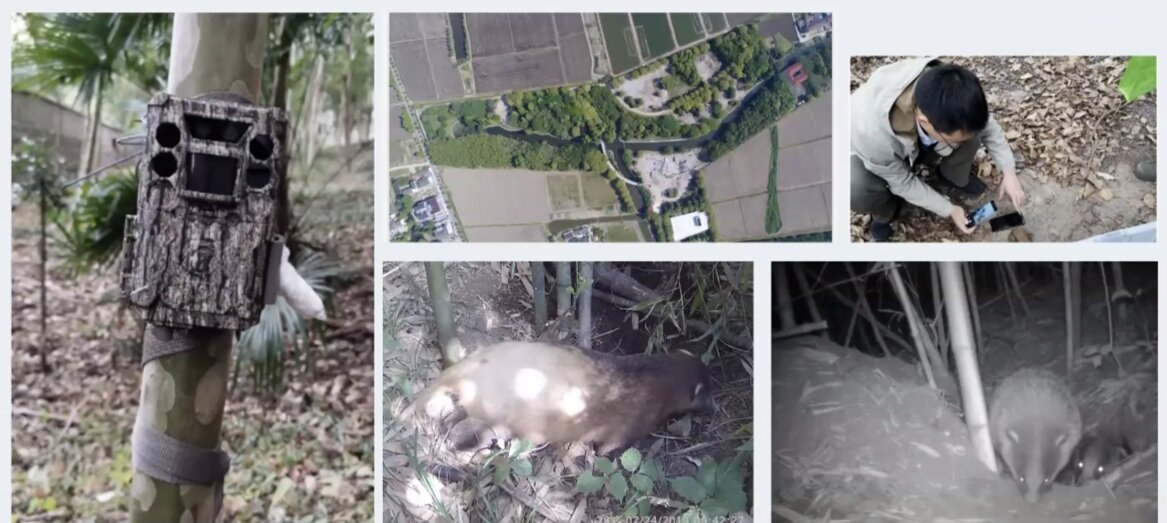By Kathy Ruoran Li, Junior Project Manager, Art-Science
In Switzerland, universities and research institutions across the country have long been experimenting with interdisciplinary programs, such as artist residencies at scientific institutions, to foster collaboration at the crossroad of art, science, and technology. Most of these programs are result-oriented: residencies that delivered a finished project are considered successful. But is there an alternative form of an artist-scientist collaboration program?
On December 5, 2021, Swissnex in China had the pleasure to invite three speakers from Switzerland with first-hand experience of creating a different type of artist-scientist collaboration. In 2020, the Swiss Arts Council Pro Helvetia and the Swiss Polar Institute (SPI) launched the pilot program of PolARTS, a joint initiative to stimulate the exchange and foster the collaboration between art and science. The program supported four artist-scientist tandems to exchange on their research and other aspects in their professional lives over the course of one year. At our 7th Art x Science Dialogue, the three speakers shared their experiences and insights from the perspectives of artists, scientists, and organisers.
We first heard from Seraina Rohrer, head of the Innovation & Society Sector at Pro Helvetia. Pro Helvetia is closely connected with Swiss artists active around the globe, and many artists have expressed their desire to connect with people from the fields of science and technology. In response to these feedbacks, Pro Helvetia launched Art, Science and Technology four-year focus area (2021-2024), preceded by a pilot year (2020) with several new programs. The main goal is to facilitate networking and dialogue of artists and scientists and to stimulate new interdisciplinary collaborations. To achieve this goal, Pro Helvetia partnered up with different institutions that have a big network in the science world and already launched several programs: “Connect” and “Connect International”, with CERN; podcast “Arts meets…”; and PolARTS, with Swiss Polar Institute.
PolARTS is a research grant for tandems consisting of one artist and one scientist, giving them opportunities to meet, share, and discuss their research ideas, as well as an opportunity to jointly undertake a field excursion to a polar or a remote mountain region. In the pilot program, the four tandems have taken on very diverse focus areas, two tandems have successfully completed their field trips.
Following Seraina’s general introduction of PolARTS, Scientific Director Gabriela Schaepman-Strub introduced the Swiss Polar Institute’s part in the collaboration. The Swiss Polar Institute is the Swiss national research infrastructure to support the Swiss polar research community through facilitating access to the field, flagship projects across the research community in Switzerland, services and courses, and community building and outreach.
After the commencement of the pilot program, Gabriela collected feedback from the participating scientists and shared what worked and what was challenging for them. The main gain for them was the new perspectives that they obtained through these intensive exchanges because of their different background. However, these differences also brought about several challenges. The two groups have drastically different ways of working: scientists tend to plan everything ahead and stick to those plans, but for artists, uncertainty and questioning is part of the working process, and their wish to be flexible during the entire process can be difficult for their scientist counterparts. Similarly, the two may find it difficult to communicate efficiently due to a lack of common terminology.
A few recommendations had emerged. For example, at the beginning of the program, tandems should agree on the amount of time that would be spent on the exchange, as well as setting clear expectations for both the artists and scientists. It would also be helpful for future participants to already have some experience in interdisciplinary exchange to make the most out of this program.
Then, Barbara Schibli joined the conversation and gave us inputs from the artists’ perspective. Barbara is a writer, she and Gabriela were one of the four tandems in the PolARTS pilot program. Barbara has published a novel about twin sisters entitled “Flechten”, which is German for lichen - tiny symbiotic groups of plants that look like moss. She started to work on her new novel about a young researcher going into the field for the first time and is overwhelmed by the sound. Gabriela, when she works as a researcher, focus her work on vegetation change in the arctic, especially in the Siberian tundra, and how climate change comes into play.
After several exchanges over emails, phone calls, and in-person, Barbara and Gabriela’s decided to center their collaboration around the sound of the tundra - as well as the lack thereof. This aspect is new to Gabriela and her team, but eventually, it opened new perspectives. Emotionally, they began to be more aware of the sound in the field, and register how sound, like all environmental conditions, impact their work in the field. For example, the noise from mosquitos would irritate researchers and make them rush through their work, resulting in poorer data. As sound has a strong physical component, it also appears that the sound effects in the tundra are unique from other places in the world. Unfortunately, due to the restrictions brought about by the pandemic, Barbara was not able to go into the field with Gabriela, but the tandem has already collected several sound samples with the help of a fellow researcher.
During the Q&A session, Seraina elaborated on how PolARTS differ from the more traditional model of artists residencies at scientific institutions: the program’s goal is not an art piece as an outcome, but the encounter on the dialogue and exchange between two different people from two different worlds. This new format requires a lot of work in the design and implementation of the program and would be a trial and error process in the beginning years. The pilot project is designed just for that so that the organizers can tweak the program based on feedback and first-hand experience. Gabriela added that the framework of PolARTS is also valuable by itself. It is not uncommon for scientists to request bringing an artist on their expedition, and with an established framework, the process and responsibility would be clear and more manageable. The selection process is also important to ensure the maximum success of the tandems. At the most recent Matchmaking Event in November, 10 scientists and 50 artists signed up, and selection was necessary to balance the participant numbers. The speakers also touched on the possibility of scaling up the project. As Gabriela pointed out, currently the most important next step would be to bring PolARTS into the second established phase and see the experience of this new artist-scientist collaboration format.
Recently, PolARTS launched a new call for project. Submission of application will be open until January 31st, 2022, and the selection of tandems will be announced in April 2022.
We would like to thank everyone for their participation, your engagement during the Q&A session has made the conversation vibrant and the event all the more valuable. If you have further questions for our speakers regarding their work, please email us at artscience.china@swissnex.org. We will try our best to forward them to our speakers.
Click here to watch the recording of the event.

